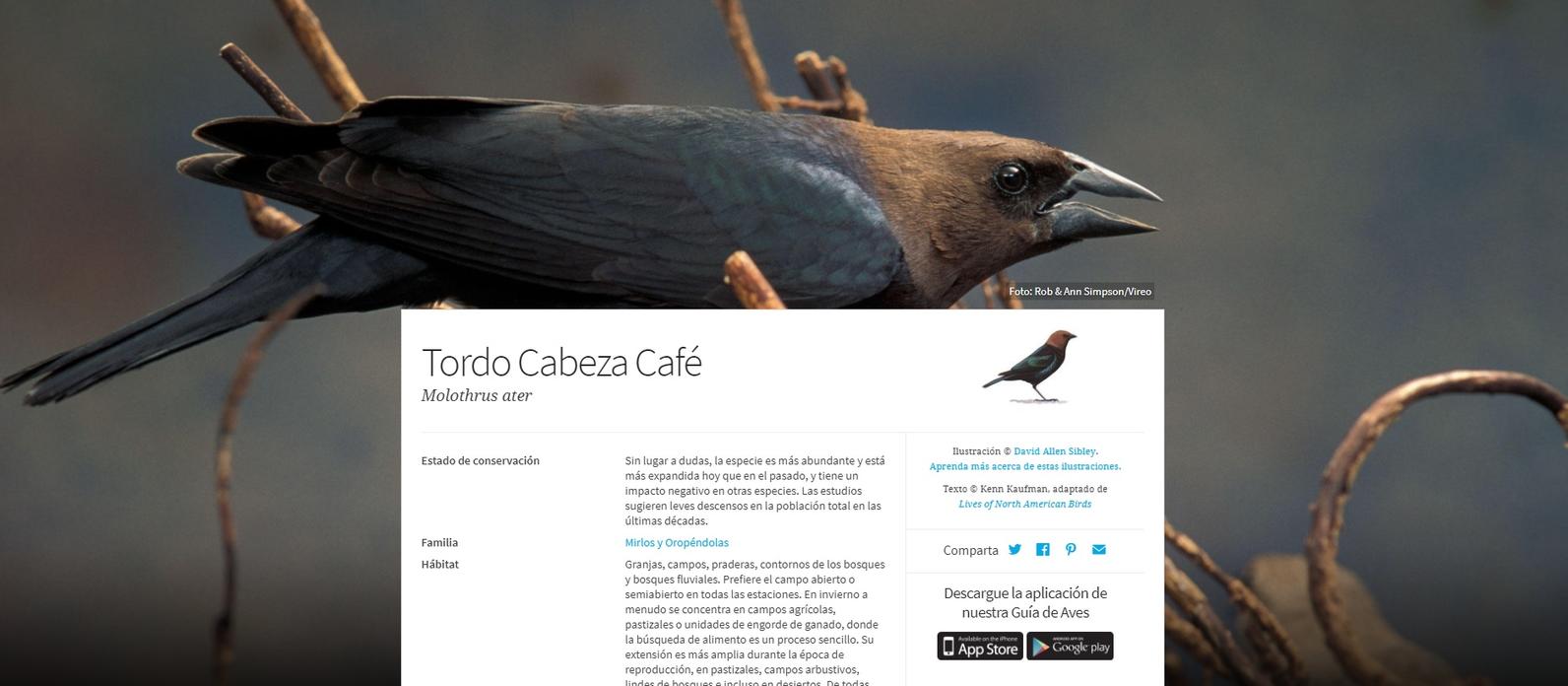Sandhill Crane
Latin: Antigone canadensis
A new model for conservation.
Sandhill Cranes Photo: Choktai Leangsuksun
California’s public lands play a vital role in the success and survival of millions of migratory birds. As birds make their perilous journeys across the Pacific Flyway, they need safe and reliable places to rest and eat. These protected lands provide access to food, water, and nesting habitat needed to sustain them along the way.
There are 34 National Wildlife Refuges in California that play a key role in supporting migratory birds. The Sonny Bono Salton Sea National Wildlife Refuge is one of the most important places for birds in North America, offering a rare spot for shorebirds to stop as they travel over large stretches of dry land.
Mono Lake and its surrounding ecosystem provide a diverse landscape, from marsh and meadow to sagebrush steppe and forest. It is ideal habitat for migrating birds, mule deer, and other big game species. In southern California, the Mojave Trails National Preserve and Joshua Tree National Park provide critical habitat for species such as the Burrowing Owl, Red-tailed Hawk, and Prairie Falcon.
So what do these regions have in common? They are all part of a network of large public lands corridors providing essential habitat along migratory flyways. When public lands are well-managed and kept healthy for migratory birds and other wildlife, they provide many benefits for people, such as clean air and water, economic opportunity, recreation, hunting, mental and physical health benefits. Plus, these intact lands buffer against the effects of climate change.
Right now, California is poised to be a national leader in public lands conservation, working at the intersection of climate change, energy production, land management, and wildlife conservation. Visit the StoryMap to see how.
Black-necked Stilt Photo: Logan Southall
Explore our new StoryMap, which identifies key migratory pathways and highlights the most important public lands in California for birds.
California is first in nation to commit to protecting 30% of our lands and waters by 2030.
By partnering with landowners, we can create lasting protections for birds.
Conservation ranching techniques create habitat and sequester carbon. Under a new bill, the state would pay ranchers to implement them.
Vital protections are needed for wetlands that depend on groundwater under the Sustainable Groundwater Management Act
Coalition of conservation and community groups says groundbreaking is positive step towards ending years of inaction at California’s largest lake.
Audubon science finds that two-thirds of North American birds are at risk of extinction from climate change.
Terrific op-ed in Water Deeply from Allison Harvey Turner Allison Harvey Turner, of the S.D. Bechtel Jr. Foundation, and Barry Gold, of the Walton Family Foundation, about the State of California's recent progress addressing the environmental and public health crises at the Salton Sea:
"At the Salton Sea, the state has the opportunity to demonstrate its commitment to supporting human health, a resilient environment, a strong economy and a sustainable water strategy for Southern California. Now, promising plans on paper must turn into critical progress on the ground. We are closer than ever to solving the Salton Sea crisis. This is the time for diligence and dedication to make it happen."
Earlier this month, Audubon California led a group of chapter leaders to offer a firsthand look at the situation at the Salton Sea. We also co-hosted a community event to raise awareness about the developing environmental and public health crises.

Nos complace compartir que la guía de aves en línea de Audubon ya está disponible en español. La guía contiene información sobre la migración de cada ave, estado de conservación, familia, hábitat, grabaciones de canciones y llamadas y mucho más.
Visita la Español Guía de Aves de América del Norte aqui.
We are excited to share that Audubon's Online bird guide is now available in Spanish. The guide has information about each bird's migration, conservation status, family, habitat, recordings of songs and calls and much more.
Visit the online guide here.
Our newsletter is fun way to get our latest stories and important conservation updates from across the state.
Help secure the future for birds at risk from climate change, habitat loss and other threats. Your support will power our science, education, advocacy and on-the-ground conservation efforts.
California is a global biodiversity hotspots, with one of the greatest concentrations of living species on Earth.